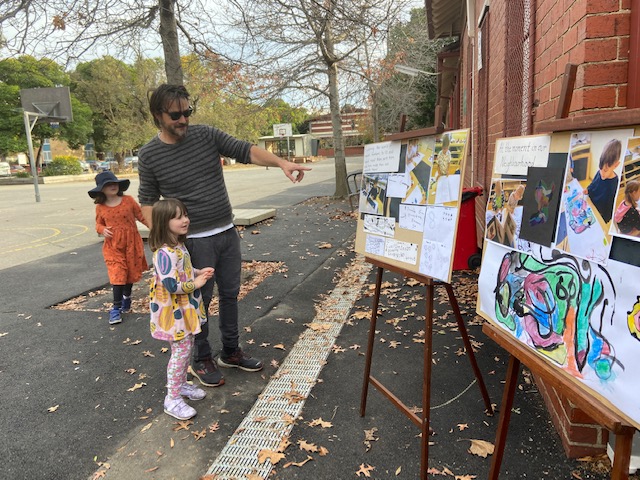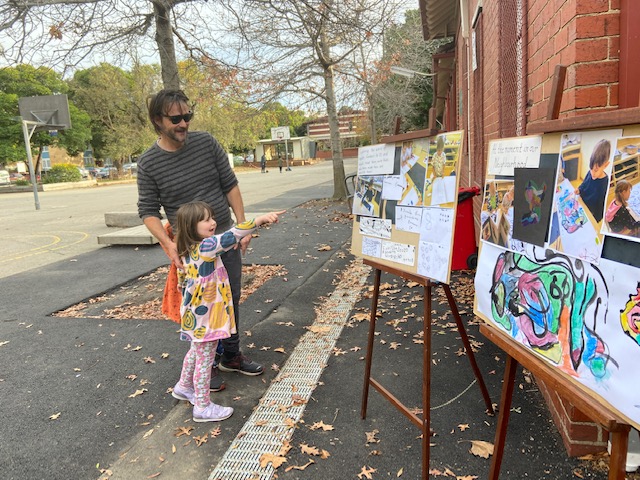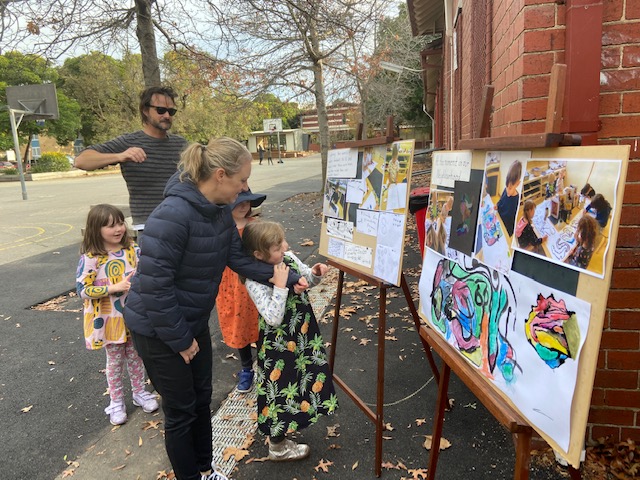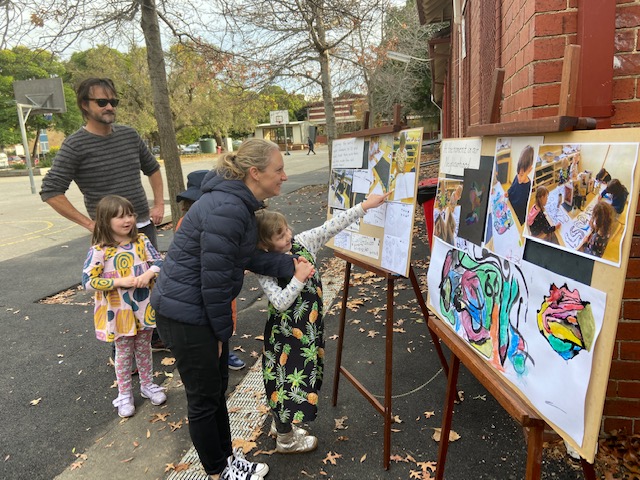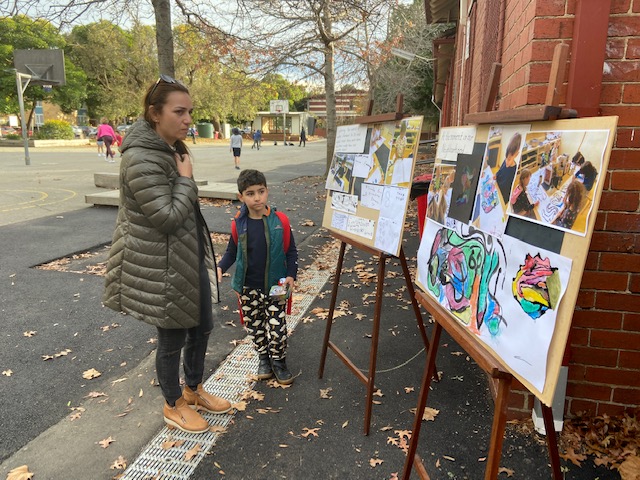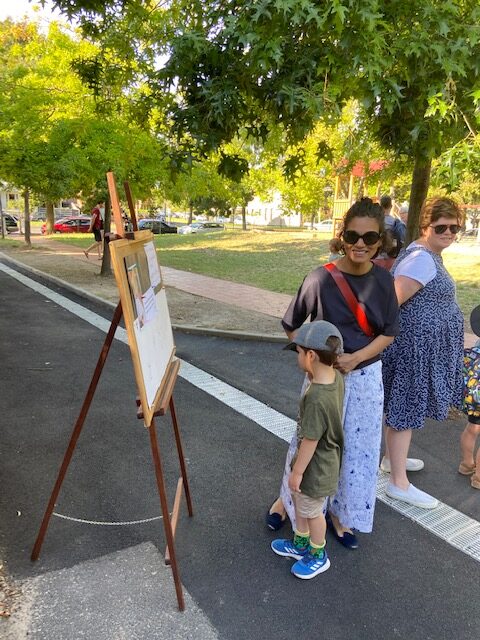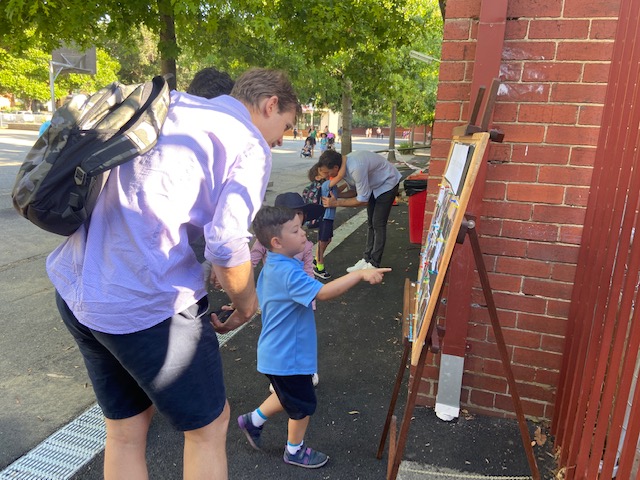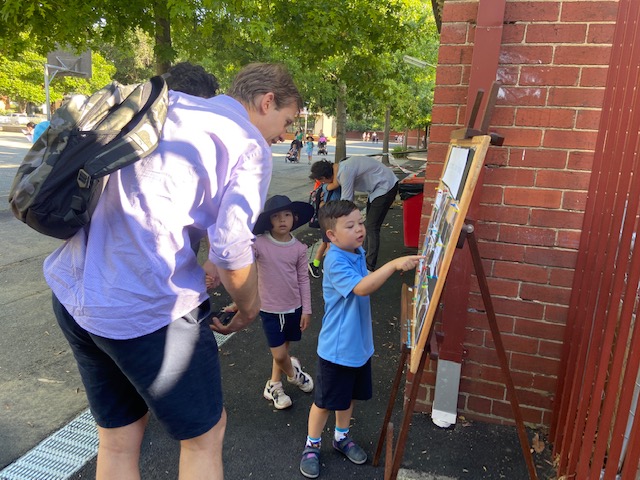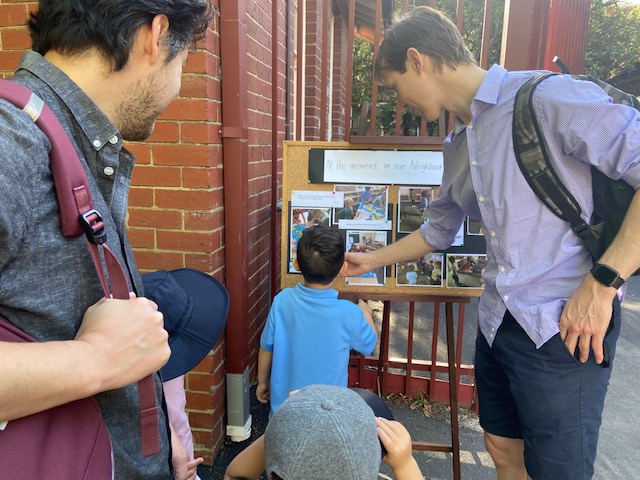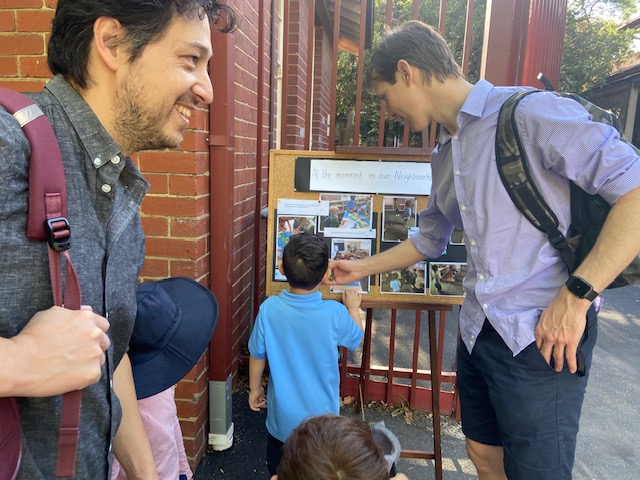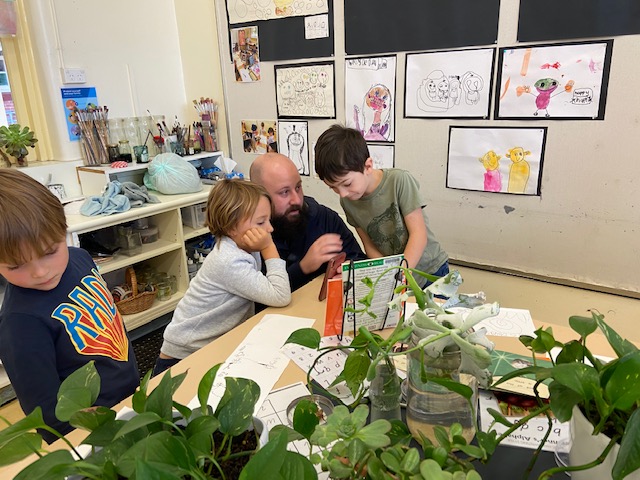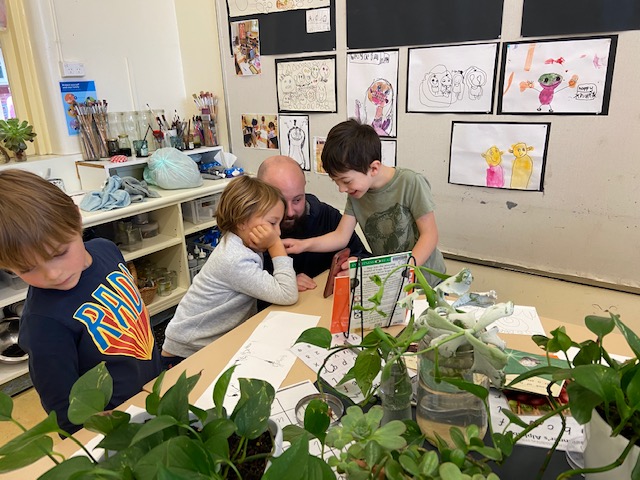Documentation in the Prep Neighbourhood
For us, documentation is part of the daily life in the schools. It is one of the ways in which we create and maintain the relationships and the experiences among our colleagues and the children. We think of documentation as an act of caring, an act of love and interaction. Carla Rinaldi
The process of documentation is an integral part of learning in the prep neighbourhood. We listen, record and analyse the children’s curiosities, wonderings and thinking. Careful analysis is coupled with our understanding of the Victorian and Australian curriculum and directs the journey our learning will take through thoughtfully designed ‘provocations’ and workshops. Through dedicated listening, observations and documentation we aim to engage children in authentic learning experiences.
An important aspect of the cycle of documentation and learning is the acknowledgement and inclusion of families in the learning process. Parent and family involvement is crucial to the success of our program. Sharing documented learning journeys throughout the neighbourhood help us build strong relationships between home and school, enhancing the depth of learning experiences.
This blog is one of the ways in which we hope to share and include families in our learning projects and experiences. We would like to highlight other ways we share documentation and strengthen our community of connected learners.
The Documentation Board – A Snapshot of Learning
Many of you will have encountered our documentation boards at the gate to the prep neighbourhood. This documentation is a quick snapshot of the learning throughout the week. It features the children’s thinking, wonderings, writing, art and mathematics, as well as photos of our learning in action. It is our hope that this display helps provide a talking point for you and your child about the learning taking place in the neighbourhood.
Developing a Learning Partnership Through Seesaw
Hi Nellie, thanks for posting all the photos and videos of Albie. It is so lovely to see him flourishing in Prep. One thing that we have noticed with his reading over the past two weeks is that he mixes up the phonetic sounds “i” and “e”. Any hints to how we can help him to relearn these sounds? Thanks. Lauren
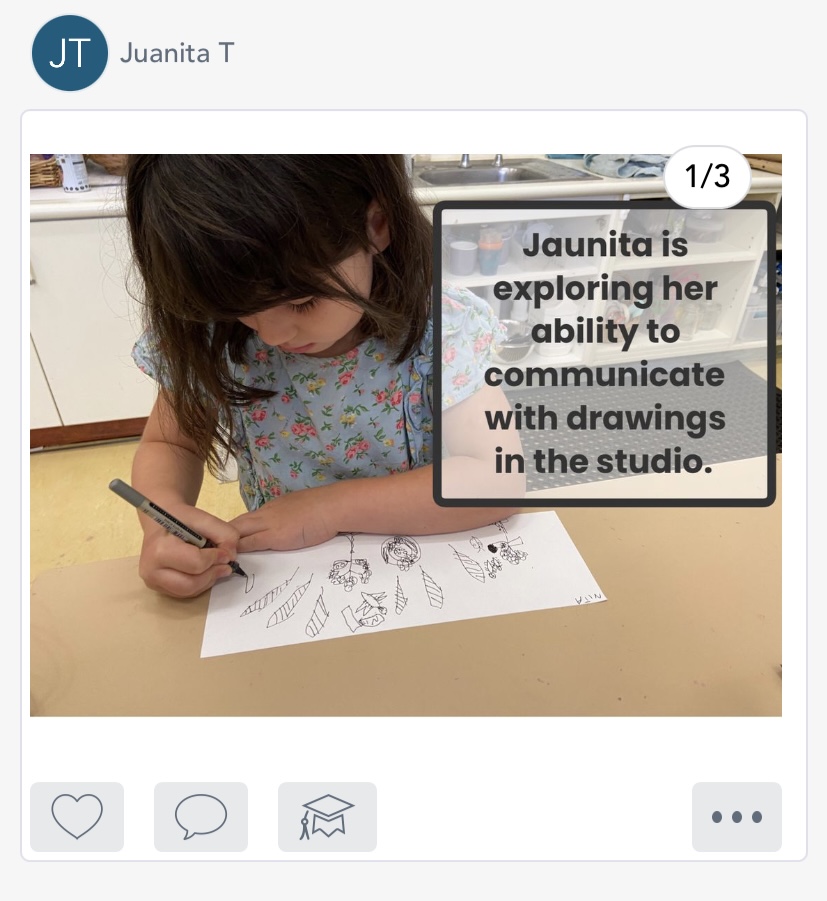



Arlo’s mum shares some insight into his prior knowledge.
Seesaw is another mode for communication of learning between school and home. This platform is a more individualised and targeted way of documenting your child’s learning, growth and development through the curriculum, provocations and inquiry projects. The posts on your child’s seesaw are specially chosen by the educators as a way of communicating your child’s unique interactions with the learning opportunities provided. We strongly recommend taking time with your child to watch, read and discuss the learning together. We welcome and appreciate your responses and reflections on these postings. Your insights as parents and family members are highly regarded and carefully considered by us as educators. Family perspectives often provide us with invaluable insight and help us direct the future learning for your child and the group. Children are becoming aware of this shared process and are very proud of the learning posted to their Seesaw portfolio. In fact, children are demonstrating increasing agency by requesting that a particular product of learning or moment of learning be recorded or documented and posted to Seesaw so their family can see.
We do not learn from experience… we learn from reflecting on experience. John Dewey
Children as Documenters and Researchers
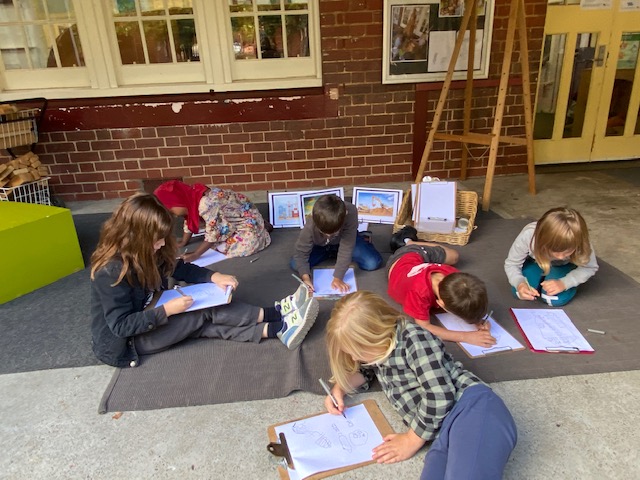
Documenting designs in the construction area 
Sharing ideas while documenting 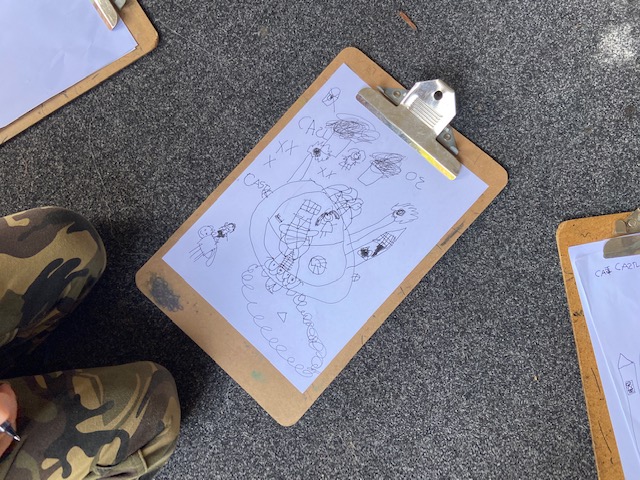
Documentation from the Construction space 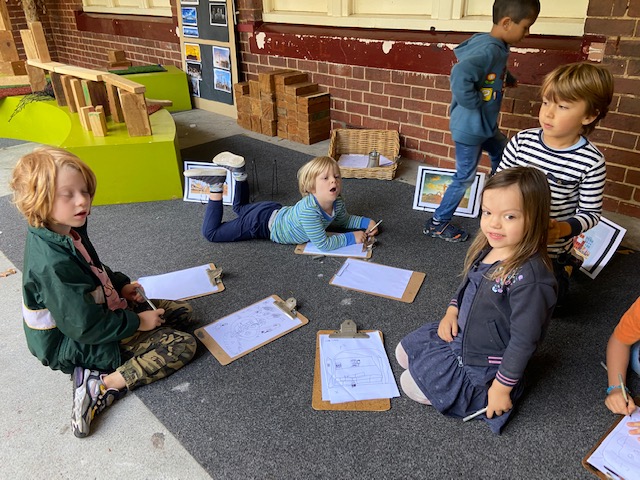
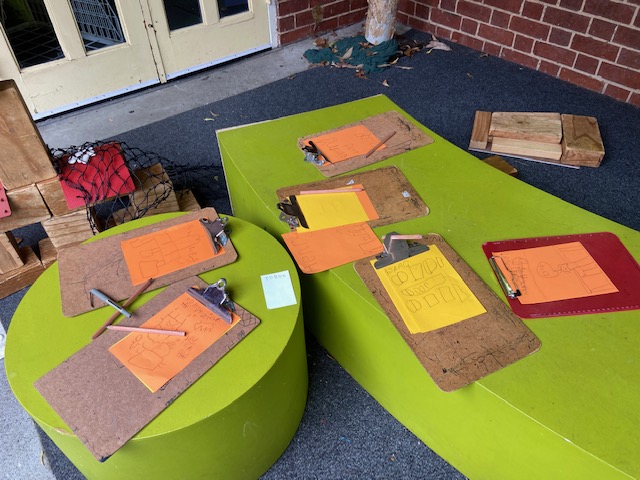
Different designs 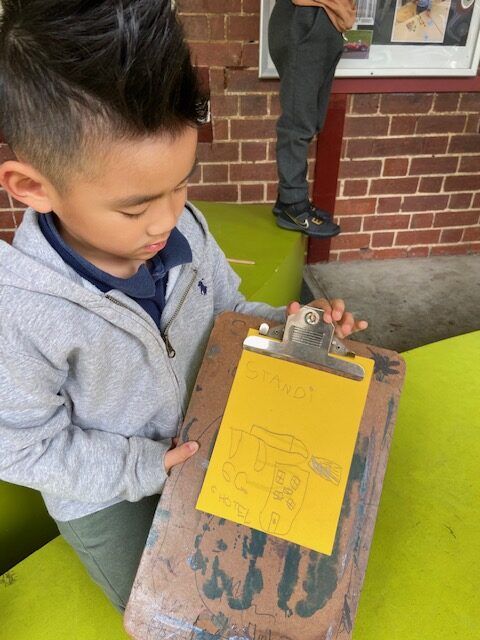
Explaining the design 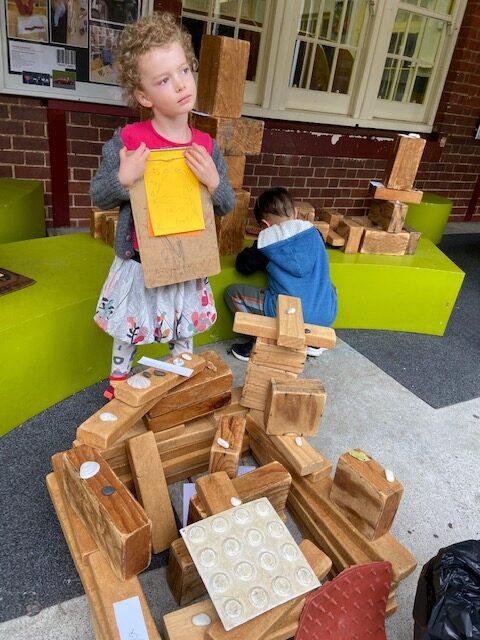
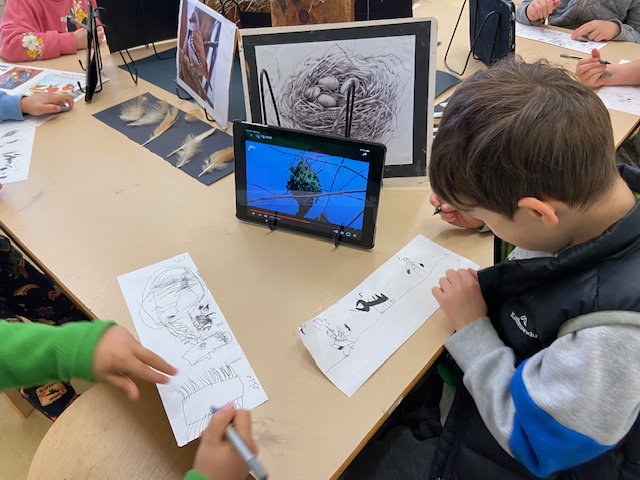
Children as researchers and documenters 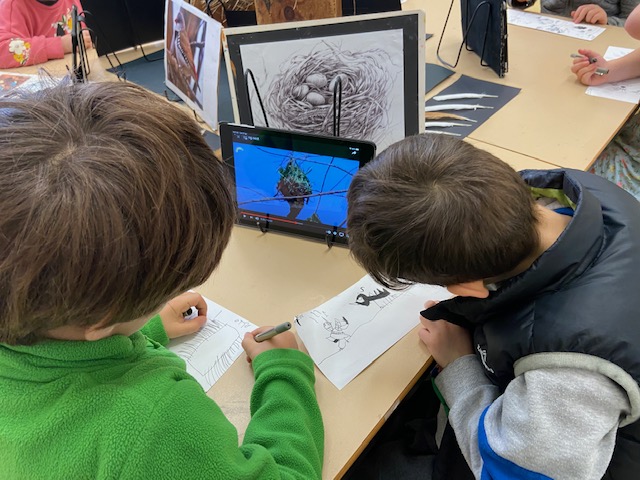
Recording learning in drawings 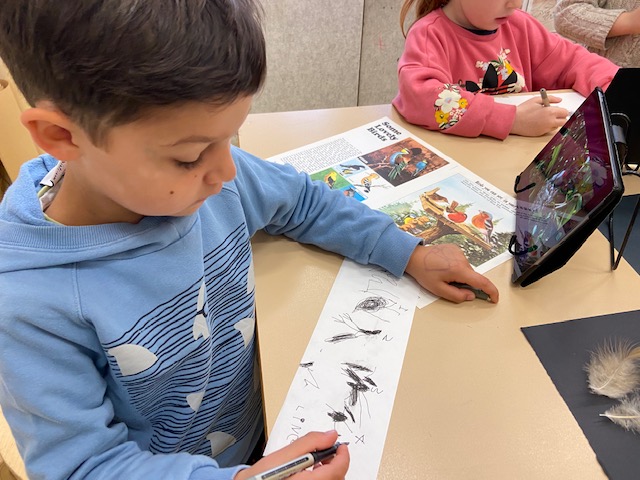
Exploring and documenting 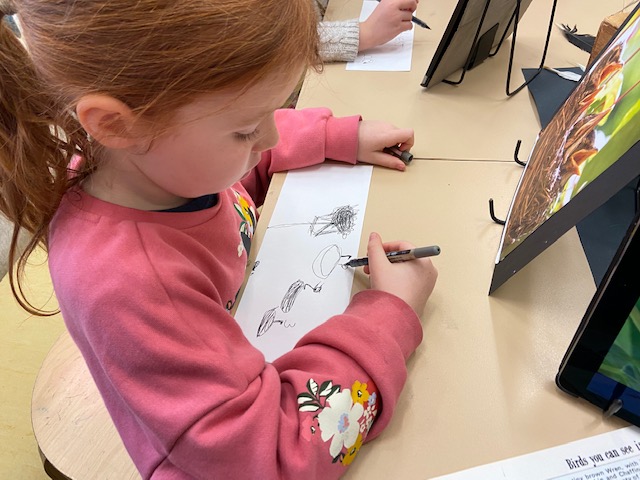
Drawing to document 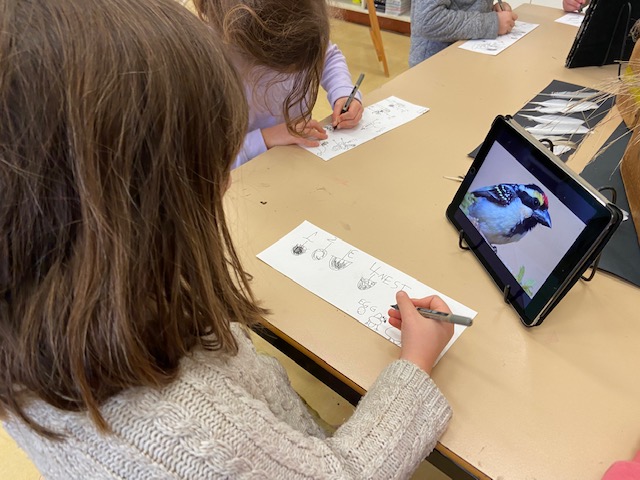
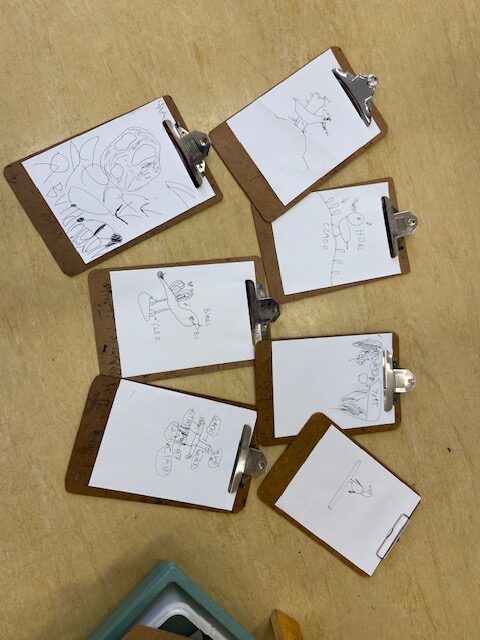
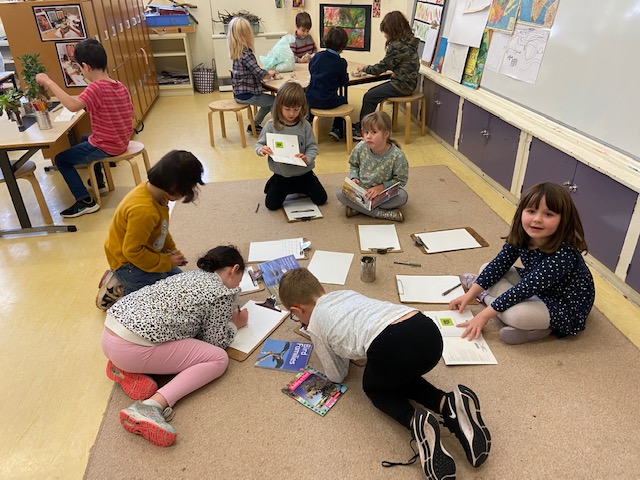
Children as researchers and documenters
A natural progression along the process of documentation is the evolution of children as documenters of their own learning. Children are beginning to experience agency in what and how documentation of their learning takes place. Children are beginning to understand that they are researchers and recorders of the learning process. This may come in the form of drawing a plan or design in the construction space, drawing and labelling of information on nests and birds in the studio; or discoveries and wondering about the connection between the brain and creativity in the learning commons.
We invite you all to become an active participant in all our learning experiences by responding to posts on your child’s Seesaw. As educators, we are curious to learn about what you observe at home, and how your child connects or inspires new learning within family experiences.


